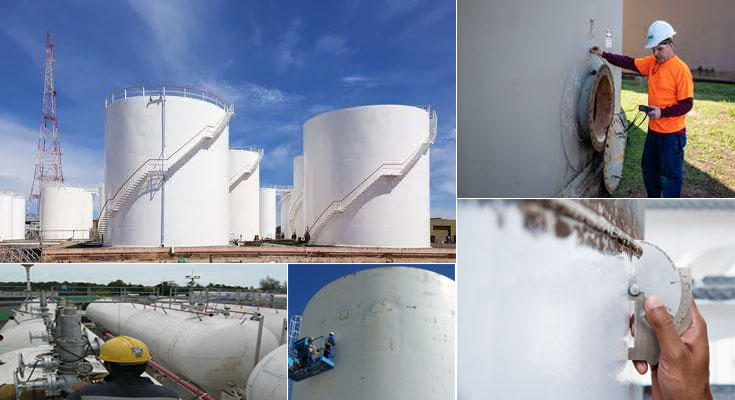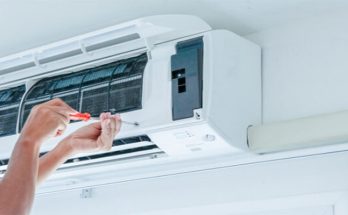Above ground storage tanks play a significant role in keeping industries and businesses up and running. However, maintaining these tanks and containers is a huge responsibility. Robust tank inspection and upkeep strategy allow one to identify possible tank contamination or wear and tear. Adopting proactive measures will also help in keeping your assets persevered and functional for a long time. API tank inspection is one such tank inspection and maintenance program.
In this post, we will discuss API 653 inspection and various aspects associated with it.
Understanding API 653 Inspection
Tanks built according to the standards of American Petroleum Institute or API 650 should be inspected and examined under API 653 inspection codes. Although API 653 inspections and repairs are based on API 650 standards, they can be applied to inspect and review any other steel tank. If you own or manage above ground storage tanks, you should have adequate knowledge about API tank inspection regulations.
The API 653 tank inspection regulations are applied to various parts of the tank, including foundation, structure, shell, bottom, roof, tank accessories, nozzles, etc.
How frequently should you inspect aboveground storage tanks?
There are various factors that one needs to consider when determining the frequency of the storage tank inspection. Some of these factors are the nature of the storage tank and the product stored. However, some major tank inspection factors include corrosion, federal or state law requirements, and reports of visual maintenance checks.
Speaking of API 653 inspection intervals, here are some general rules,
Monthly routine in-service inspection: Every month, in-service tank inspection must be conducted to examine the tanks’ external condition. Since tank inspection requires skill and certification, one should call only professional API inspection companies. Visual monitoring allows tank inspectors to analyze the integrity of the tank and check for signs of corrosion.
Staining: One must also conduct a monthly visual inspection of the tanks to check for staining and leakage. While conducting visual inspection, check spill collection points and secondary containment for lodged water or other contaminants.
Valves: Valves are another crucial part of tanks that shouldn’t be overlooked when conducting visual tank inspection. It’s advised to look for possible signs of leaks, cavities, corrosion, or cracks in the tank valves.
Foundation: Check the entire storage structure for indications of leak, corrosion, deterioration, or wash-outs. Maintaining a proper record of past inspections comes handy in analyzing and identifying possible damage to the tank’s foundation.
Nature of the product stored: For comprehensive tank management and inspection, one must keep a proper record of products stored in the tanks. Maintain a database of type of material stored, quantity, and duration for better monitoring of the containers.
Internal inspections: Internal tank inspection is as necessary as external tank evaluation. A roof inspection is a crucial element of the inner tank test. A regular roof evaluation must be conducted every couple of years to examine the interior of the tank. While conducting internal tank inspection, check for signs of leakage, corrosion, water droplets, etc.





